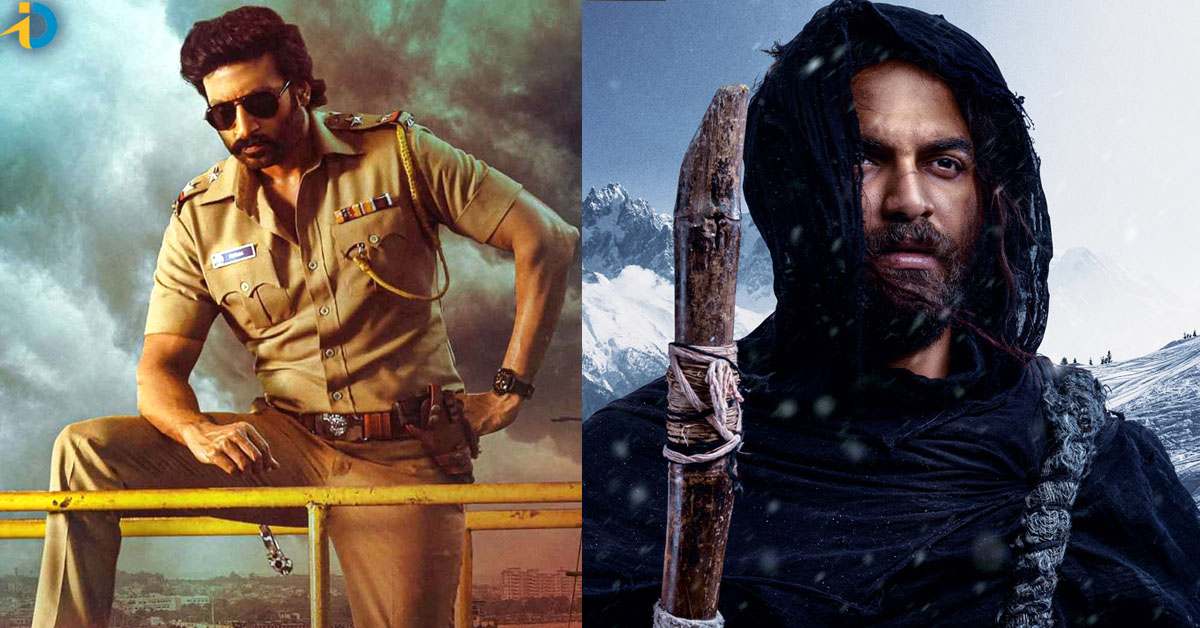Das CH
Das CH

On the auspicious occasion of Maha Shivaratri, Telugu cinema enthusiasts were treated to a unique scenario as Vishwak Sen’s “Gaami” and Gopichand’s “Bhimaa” hit the screens simultaneously on March 8th. Both films generated a buzz, but the reviews that followed painted a contrasting picture. “Gaami” ventured into uncharted territory with its experimental storyline, earning positive critiques. However, despite its critical acclaim, the film struggled to resonate with family audiences. Surprisingly, “Gaami” managed to surpass expectations financially, reaching the breakeven mark and emerging as a hit, thanks to a dedicated section of the audience lauding the team’s efforts.
In contrast, Gopichand’s “Bhimaa” adopted a more conventional approach, aiming to provide a commercial entertainer. Unfortunately, critics panned the film for its lackluster execution, criticizing its reliance on clichéd comedy and emotional handling. The unexpected twist, however, came in the form of audience preferences. While “Gaami” fell short in meeting the entertainment needs of spectators, “Bhimaa” successfully attracted the attention of netizens, especially during the festival holidays. The true test lies in its performance over the weekdays, as the film relied on the festive fervor to pull crowds during its opening weekend.
The unpredictable nature of commercial cinema continues to be a defining characteristic of the film industry. Reviews serve the purpose of evaluating a film’s nature, but their impact on audience preferences remains subjective. The contrasting outcomes of “Gaami” and “Bhimaa” exemplify the inherent unpredictability of commercial film success. Had “Bhimaa” been released independently of the festival season, the dynamics might have been different, showcasing the perpetual uncertainty surrounding the fate of films in the industry.